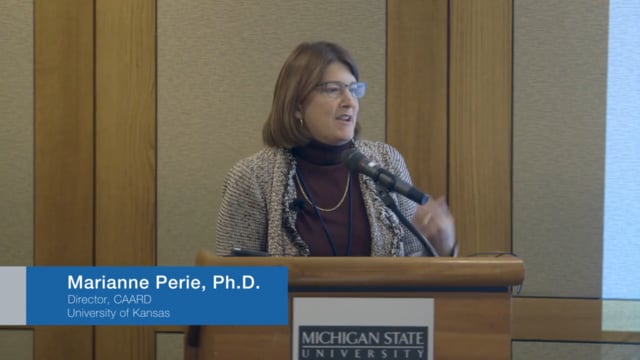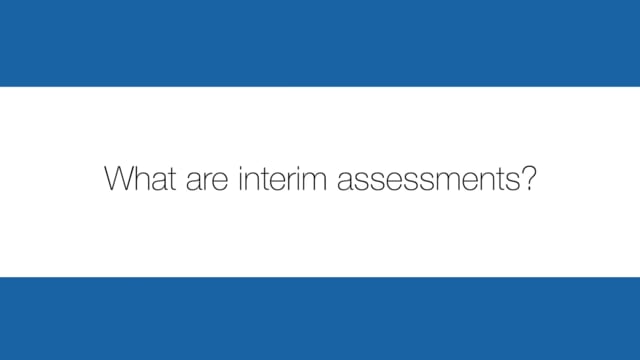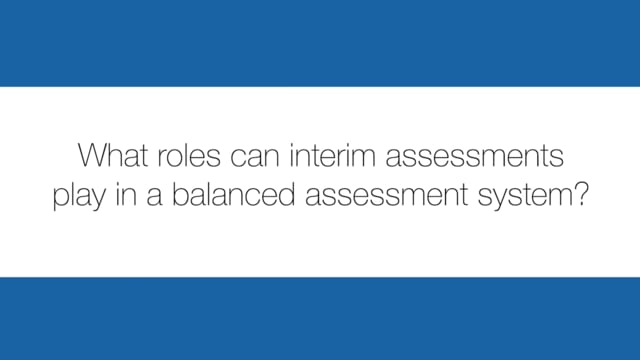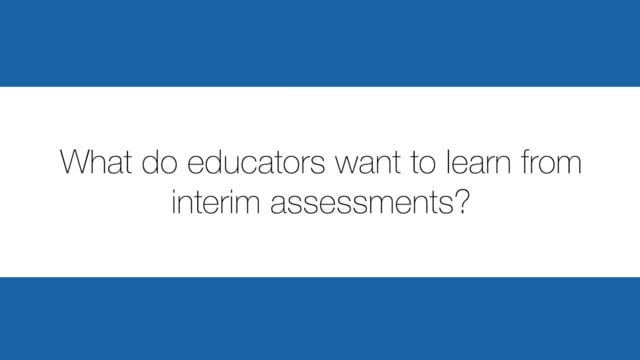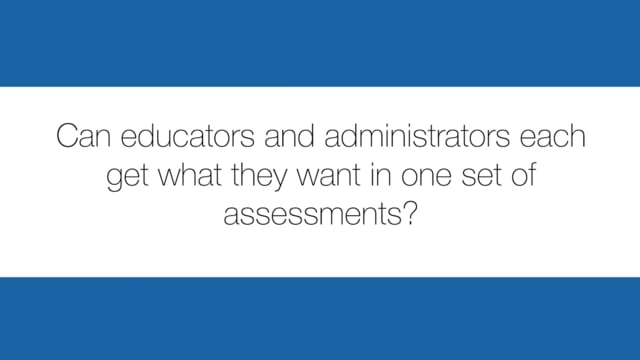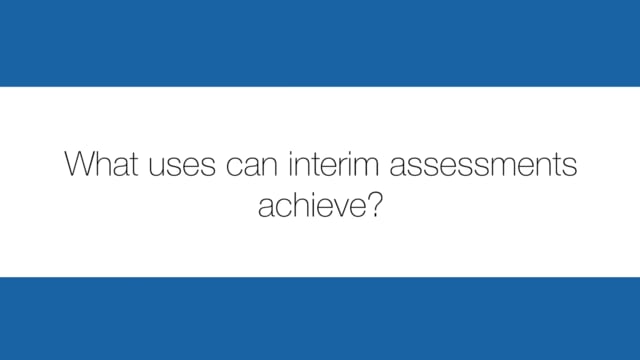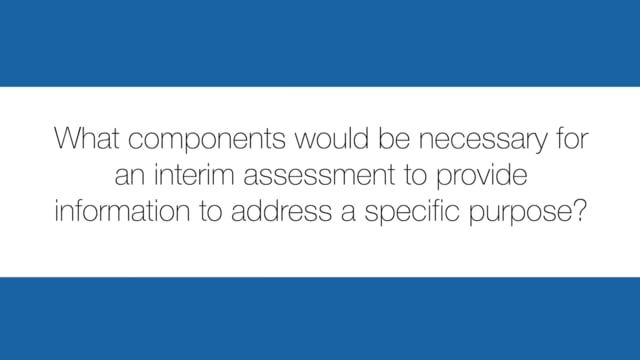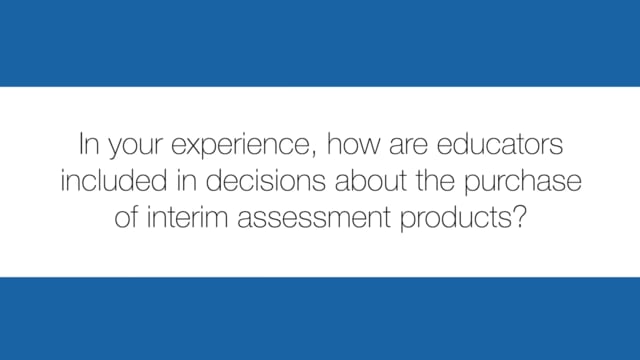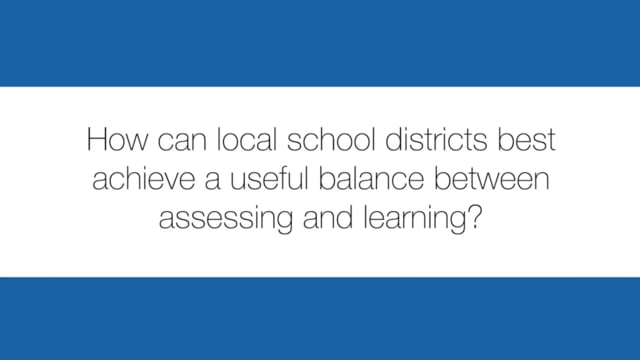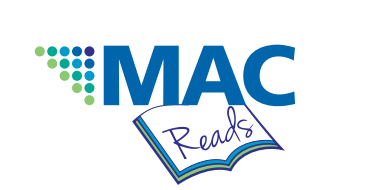An Assessment to Every Purpose, under Heaven
To everything (turn, turn, turn)
There is a season (turn, turn, turn)
And a time to every purpose, under heaven
(the Byrds)
Today’s educators and parents often contend that there is too much testing. Yet policymakers worry that without measurement, parents will not know what their student has learned. Over the past two decades, the amount of assessment in schools has increased dramatically. However, contrary to popular belief, summative assessments do not take up most of the time spent on testing. Based on a survey in 2016, less than 2% of instructional time was used for summative assessment. On the flip side, formative assessment is used daily. When a teacher probes a classroom for understanding, she is assessing formatively. As one teacher said, “formative assessment is just good teaching.” The formative assessment process is part and parcel of the instructional cycle.
In the middle of these two types of assessment is the catch-all: interim assessment. Interim assessments can serve diagnostic or predictive purposes, or provide a measure of growth within a school year. To be used well, however, educators need to understand when and how to use them and what to do with the results. Interim assessments can be useful, but they can also waste a lot of instructional time confirming what a teacher already knows.
Framing Questions
1.How can interim assessments be part of a balanced assessment system?
2.What do educators want to learn from interim assessment products?
3.What components would be necessary for an interim assessment to provide that information?
4.How are educators included in decisions of which interim assessment products to purchase?
5.Where is the balance between assessing and learning?
Event Resources



